“Mon pays, ce n’est pas un pays, c’est l‘hiver.”
“My country is not a country, it is winter.” I read this quote at the Musée de la civilisation from Quebec City and I liked it. I was there at the beginning of April and it was cold (very by my standards). 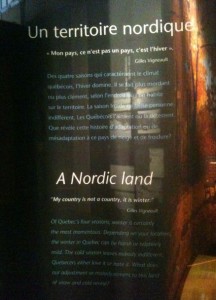
The Basilica of Sainte-Anne-de-Beaupré is situated 30 kilometres (19 mi) east of Quebec City.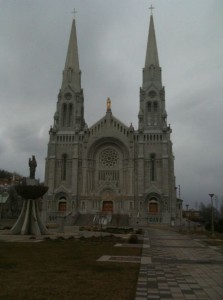
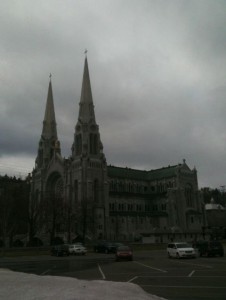
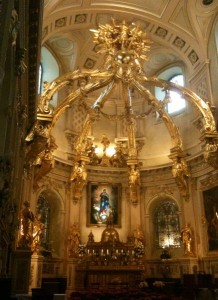
Photos from the Citadelle of Quebec.
The Citadelle is the home station of the Royal 22 Régiment of the Canadian Forces and the Governor General of Canada by tradition resides here for several weeks out of the year. Being a miltary base you can not just wander around and you have to visit it with a guide. The residence of the Governor General can be visited too, but our guide said that a different guide is needed for the residence. I tried to convince her that the guide might be inside due to the cold and we should just ring the bell and see who answers but she didn’t want to. 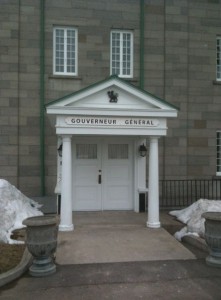
Changing the Guard takes place during summer. If I happen to be in Quebec City in the summer I will visit the Citadelle again to see the mascot, a goat.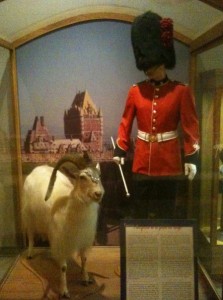
Wolfe and Montcalm, the adversaries in the Battle of the Plains of Abraham, which took place on 13 September 1759 and with the British victory over France this decided the development of Canada.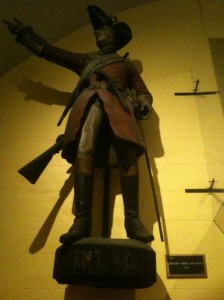
The only place in Quebec City where I saw the STOP sign in both languages is the Battlefields Park (it includes the Plains of Abraham) managed by the National Battlefields Commission, a federal government agency. Usually it is only in French.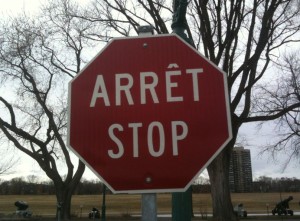
It is interesting that the French are mentioned as the enemy when various battles are described, and I have seen this in many places, federal places all of them I think. Here, someone managed to erase the word ‘l’enemi’ in “Les Anglais occupent une redoute que l`ènemi“, but it is strange that the English version was neutral and just said the English and the French, no mention of the word ‘enemy’ (I thought I took a photo of the English version too, but I cannot seem to find it). I would have expected the other way round: the French version not to have the vord ‘enemy’ and the English version to be clear who the enemy was :).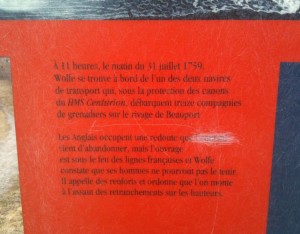
I stayed at Fairmont Le Château Frontenac. The suite with a very small bathroom was good but I did not like the slippers were not wrapped (when this happens I assume they re-use them so I have an uneasy feeling). Also the shower head was very simple, could not adjust the flow so it sprayed everywhere.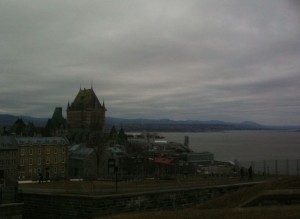
Life is simple: Eat. Sleep. Surf the internet. / Eat. Sleep. Surf internet. / Eat. Sleep. Speak French. / Eat. Sleep. Drink bier. / Eat. Sleep. Play soccer. / Eat. Sleep. Drink wine.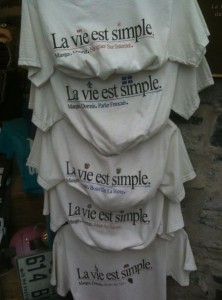
End of World bier, I suppose we will see more and more of these products.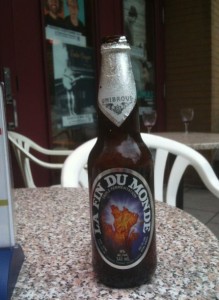
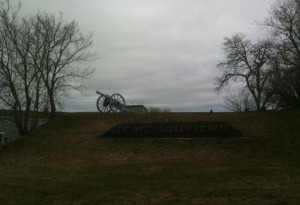
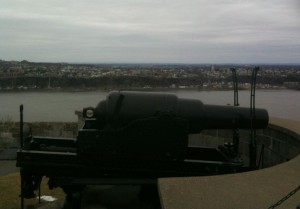
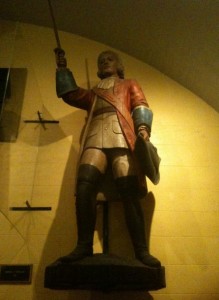
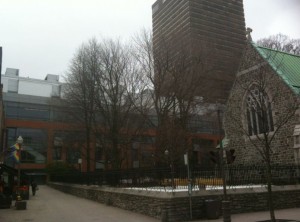
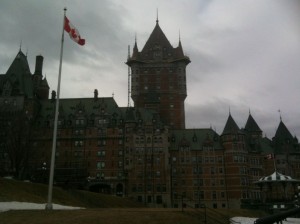
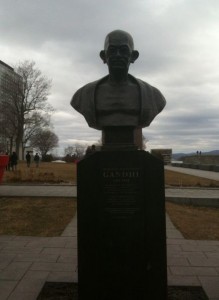
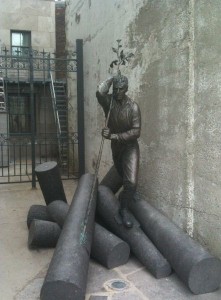
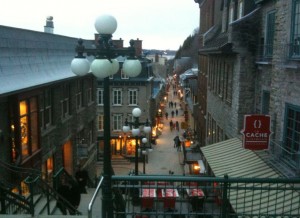
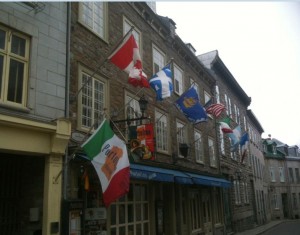
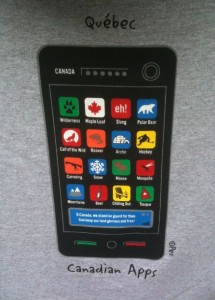
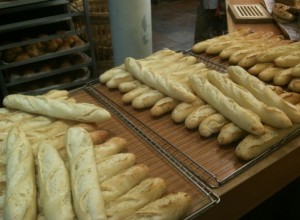
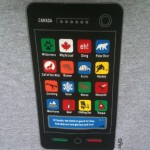
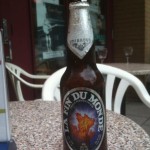
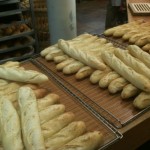
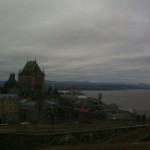
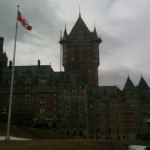
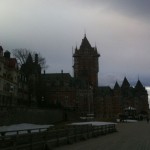
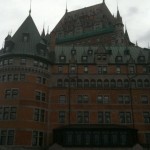
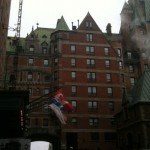
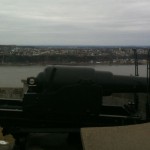
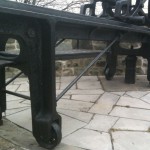
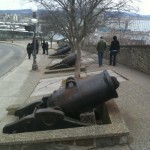
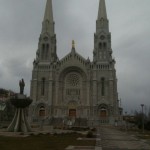
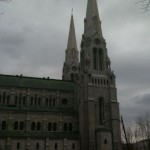
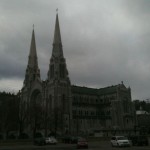
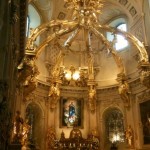
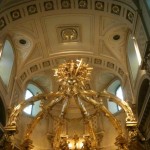
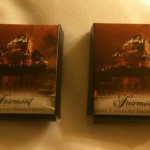
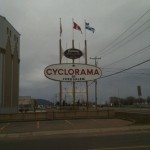
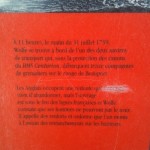
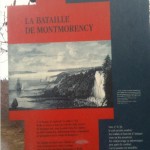
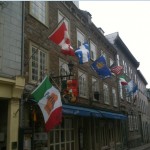
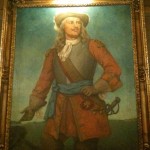
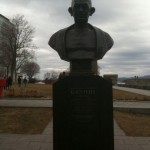
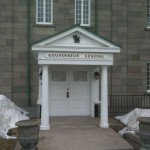
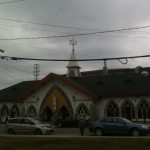
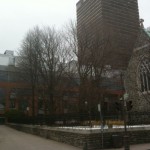
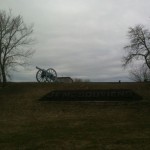
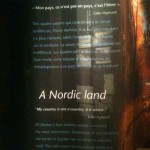
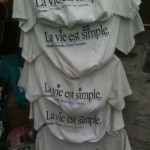
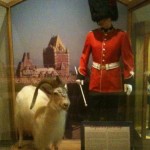
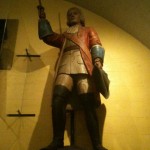
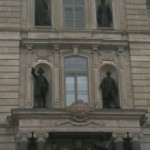

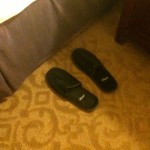
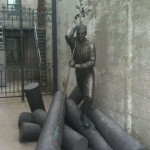
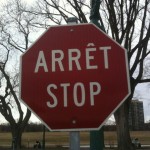
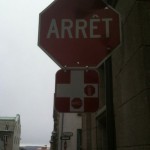
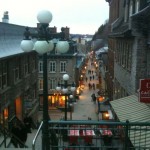
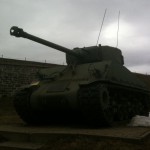
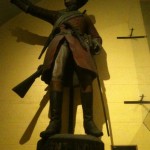
It’s a quote from Gilles Vigneault’s “Mon pays”:
http://www.youtube.com/watch?v=AimhTD5oMEY
Also not that in your title you’re missing a “l”, should be: “c’est l’hiver” 🙂
It’s not uncommon to see Unibroue’s beer here in SF, and it tastes just like home. I hope you got a poutine with that.
Thank you JD for pointing out the mistake!